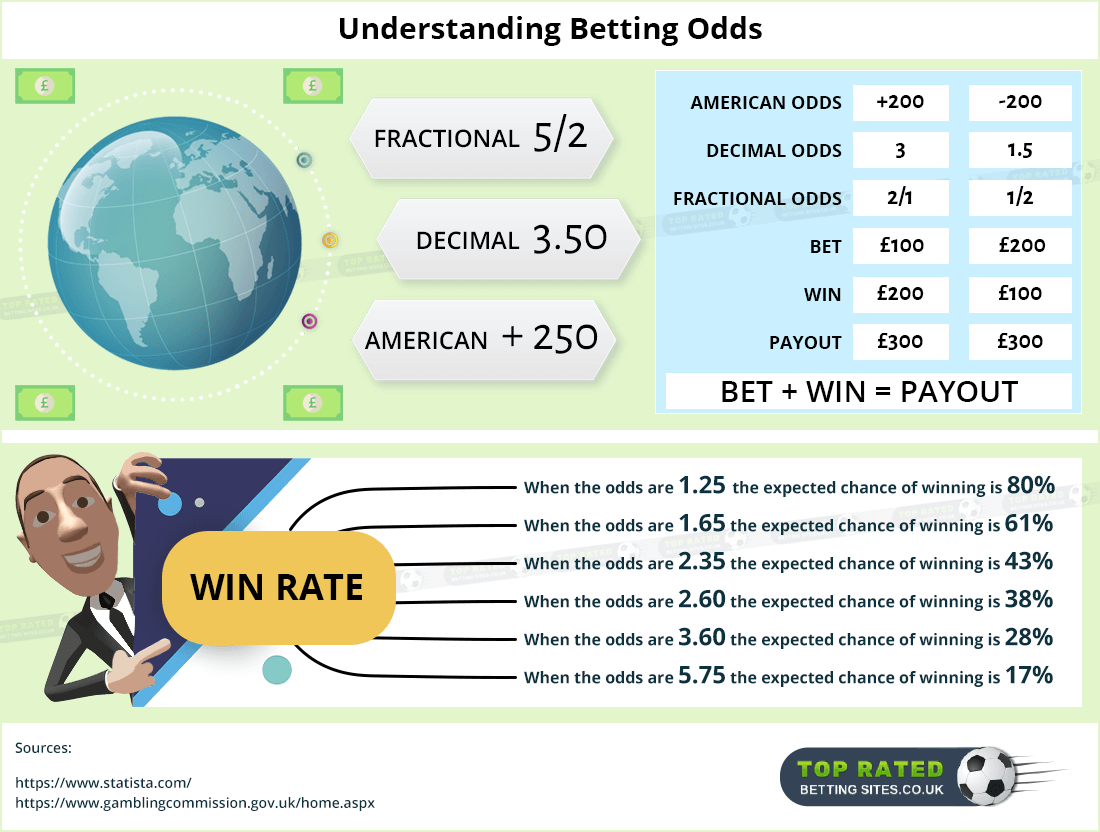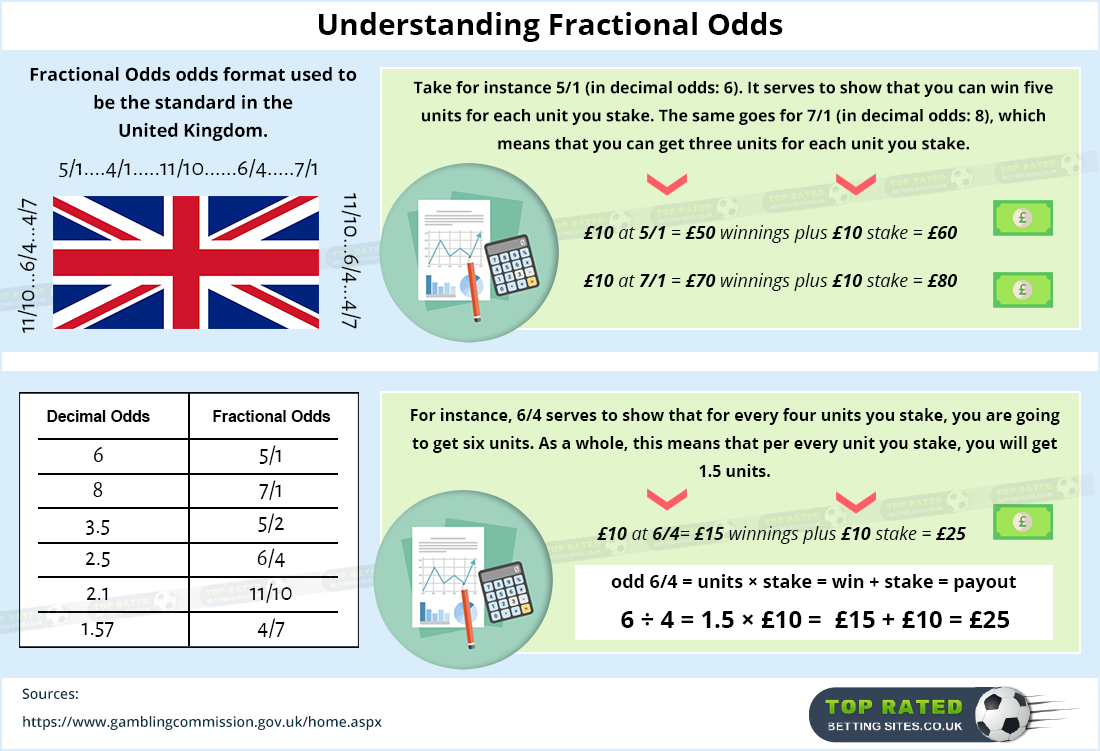As a fan, you don’t care if your team wins by a point or 100. A win is a win, though that 100-point win would be a little easier on the nerves.

MLB Moneyline Betting Odds Explained Betting the moneyline on Major League Baseball is simply betting on the straight up winner of the game. There is no run line, there is no point spread. If you think the. Due to the fact that the majority of baseball games are decided by 1 run or see the underdog winning outright, the odds change drastically from the money line. If you remember back to our first example. The short answer to the question of 'what do the plus and minus signs before the odds number mean' is: a minus sign indicates a favourite to win, while a plus sign indicates an underdog. For instance - let's say that a team is -145 to win a game.
In the above example, the Phillies are the favorite to win over the Braves. The numbers provided are the odds that each team is given to win, so in this example, the favorite odds of winning are being given to.
In sports betting, how much a team wins by is usually all that matters.
The most popular way to bet for the two most popular sports, basketball and football, is with the point spread, also known as the “side.” Most baseball, hockey and soccer bets are on the moneyline, which is betting on a team to win straight up with adjusted odds. Football and basketball have moneyline bets available too, but most people will take the point spread.
The concept can be a bit confusing if you’ve never dabbled in sports betting before.
Why bet with the point spread?
The point spread was created to attract more action on a game. When the San Francisco 49ers are expected to blow out the Arizona Cardinals, it’s not enticing to lay $300 to win $100 on a moneyline. But when the 49ers are 11-point favorites and each side is -110 odds? That’s much easier.
In that example, the 49ers are spotting the Cardinals 11 points before the game starts, at least for bettors. The 49ers have to win by 12 or more points to cover the spread. If the Cardinals win or lose by 10 or less, that side wins the bet. If the game lands on 11, like a 21-10 49ers win, it’s a push and all bets are refunded. If you see a -11 that means that team is favored, and +11 means you’re taking the underdog.
Nothing sharpens your math skills better than trying to figure out how big your lead as a bettor is if you have a 22.5-point basketball underdog that is losing 90-72.
The problem with the point spread can be when a team — which really doesn’t care that you bet the favorite at -11 — has a 14-point lead but gives up a meaningless score at the end to win by only seven points. They’re still happy with the win. You, as a bettor, are not.
 © Provided by Yahoo! Sports Sportsbooks have large boards that display point spreads for all games that day. (AP Photo/John Locher, File)
© Provided by Yahoo! Sports Sportsbooks have large boards that display point spreads for all games that day. (AP Photo/John Locher, File)Point spreads lead to bad beats

The most infamous example of a bad beat with the point spread probably came in the 2004 Final Four at the NCAA men’s basketball tournament.
Duke was a 2.5-point underdog against UConn. The Huskies rallied late and took a 79-75 lead on a free throw with 3.2 seconds left. The game itself was over; Duke couldn’t score twice in a few seconds. But Duke guard Chris Duhon pulled up for a running 3-pointer just over the half-court line and banked it in at the buzzer. Duke lost 79-78, but bettors who had Duke and 2.5 points won. March Madness is a huge event for bettors, and reports at the time estimated that Duhon’s “meaningless” shot resulted in a $30 or $40 million swing in Nevada. UConn players celebrated at the final buzzer. UConn bettors doubled over in pain. That’s the difference between betting the moneyline and the point spread.

Baseball and hockey have point spreads too, the “run line” in baseball and “puck line” in hockey. It’s generally 1.5 with odds adjusting accordingly. Taking a big baseball favorite at -1.5 runs can make the odds more palatable. Of course, betting the New York Yankees at -1.5 to bring down the odds from -190 to -110 isn’t too fun when they win 4-3 and you don’t cash a bet.
/cdn.vox-cdn.com/uploads/chorus_image/image/60710057/usa_today_11011590.0.jpg)
Betting on the point spread is the most common way to wager on sports. And the first time you take a favorite that wins the game but doesn’t cover the spread, you’ll understand every bettor’s heartbreak.
Baseball Odds Meaning
The point spread - also called 'the line' or 'the spread' - is used as a margin to handicap the favorite team. For betting purposes, the oddsmaker predicts that the favored team will win by a certain number of points. This number of points is the point spread. The favorite is always indicated by a minus sign (e.g. -5.5) and the underdog by a plus sign (e.g.+5.5). If you bet on the favorite, you win your bet if the favorite wins AND their margin of victory is greater than the point spread. If you bet on the underdog, you win if the underdog wins, ties, or if the favored team wins but fails to exceed the point spread. It is standard for point spread bets in most sports that you wager $110 to win $100.
The point spread given in the table above is for the home team only. To see the odds for both teams, click on the matchup.
A money line, used in baseball and hockey, takes the place of a point spread. Money line betting is simply wagering on the contest based on a given price rather than a point spread. The team wagered on has to win the game outright, regardless of the score. The minus sign (e.g.-130) always indicates the favorite and the amount you must bet to win $100. The plus sign (e.g.+120) always indicates the underdog and the amount you win for every $100 bet. Using this example, therefore, you would bet $130 to win $100 on the favorite, while for the underdog you would bet $100 to win $120.
The over/under is the number of points oddsmakers expect will be the total score for the contest (both teams combined, overtime included). You bet on whether the total points scored will be more or less than this number. As with point spread bets, you must generally wager $110 to win $100.
Betting on a point spread or money line is sometimes called betting 'sides' - that is, betting that one side or the other will be the winner - while betting the over/under is referred to as betting 'totals'.
College Baseball Odds
[ Back to Top ]